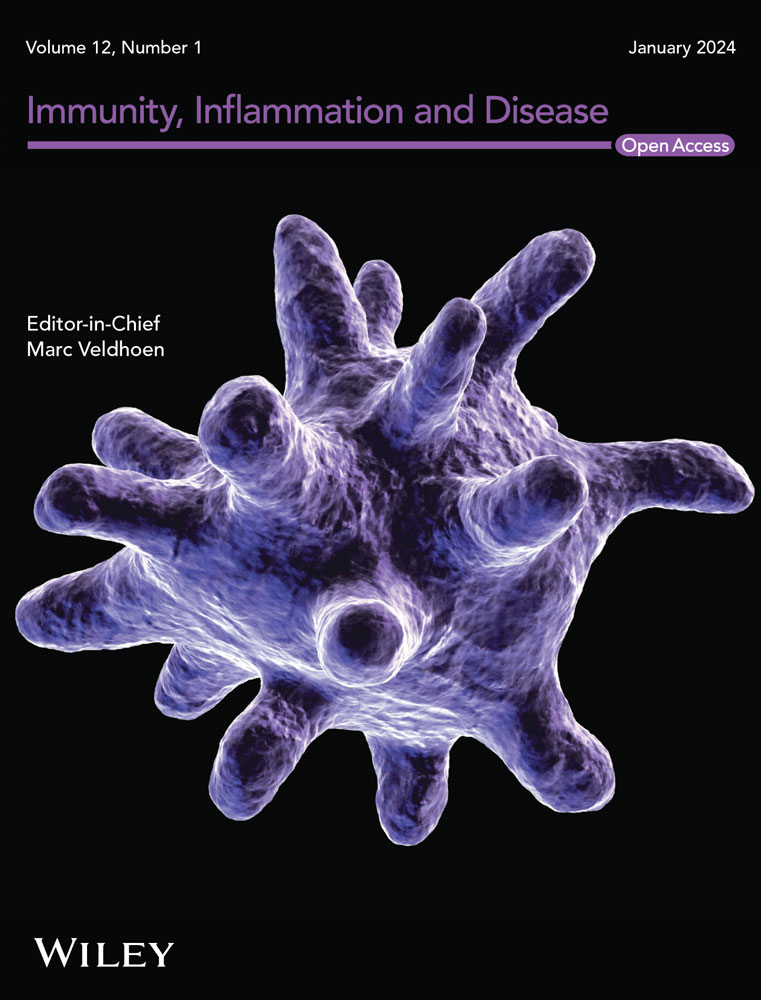Nucleotide-Binding Oligomerization Domain 2 in Signaling, Immunity, and Mycobacterial Infection
Abstract
Introduction
Nucleotide-binding oligomerization domain 2 (NOD2) functions primarily as a cytoplasmic pattern recognition receptor (PRR) that detects muramyl dipeptide (MDP), a conserved bacterial cell wall component, thereby playing a pivotal role in pathogen surveillance. However, emerging evidence reveals that NOD2 exerts broad immunomodulatory effects beyond its canonical role as a PRR, though its effects can be contradictory, depending on genetic background, immunological microenvironment, and disease context. In this review, we integrate recent advances in understanding NOD2's functional plasticity and provide novel insights into its regulatory mechanisms in immune responses and mycobacterial infections.
Methods
A literature search was conducted using the PubMed database with keywords including NOD2, signaling pathways, immune homeostasis, autophagy, trained immunity, and mycobacterial infection. Relevant information was extracted from the retrieved research articles and reviews and summarized.
Results
We delineated the MDP-dependent and -independent mechanisms of NOD2 activation and their downstream signaling cascades. We also elaborated on the classical immune responses orchestrated by NOD2, and its remarkably multifaceted noncanonical roles in regulating immune homeostasis by modulating autophagy, acting synergistically with toll-like receptor pathways to fine-tune inflammation, and balancing trained immunity and immune tolerance. Furthermore, we examined the multifaceted immunoregulatory functions of NOD2 in host defense against mycobacterial infections.
Conclusions
We propose that further research is required to clarify the various roles of NOD2 across diverse genetic backgrounds, microenvironmental contexts, and disease paradigms. Such studies will provide critical mechanistic insights to inform the development of precision-based therapeutic strategies targeting NOD2.


 求助内容:
求助内容: 应助结果提醒方式:
应助结果提醒方式:


